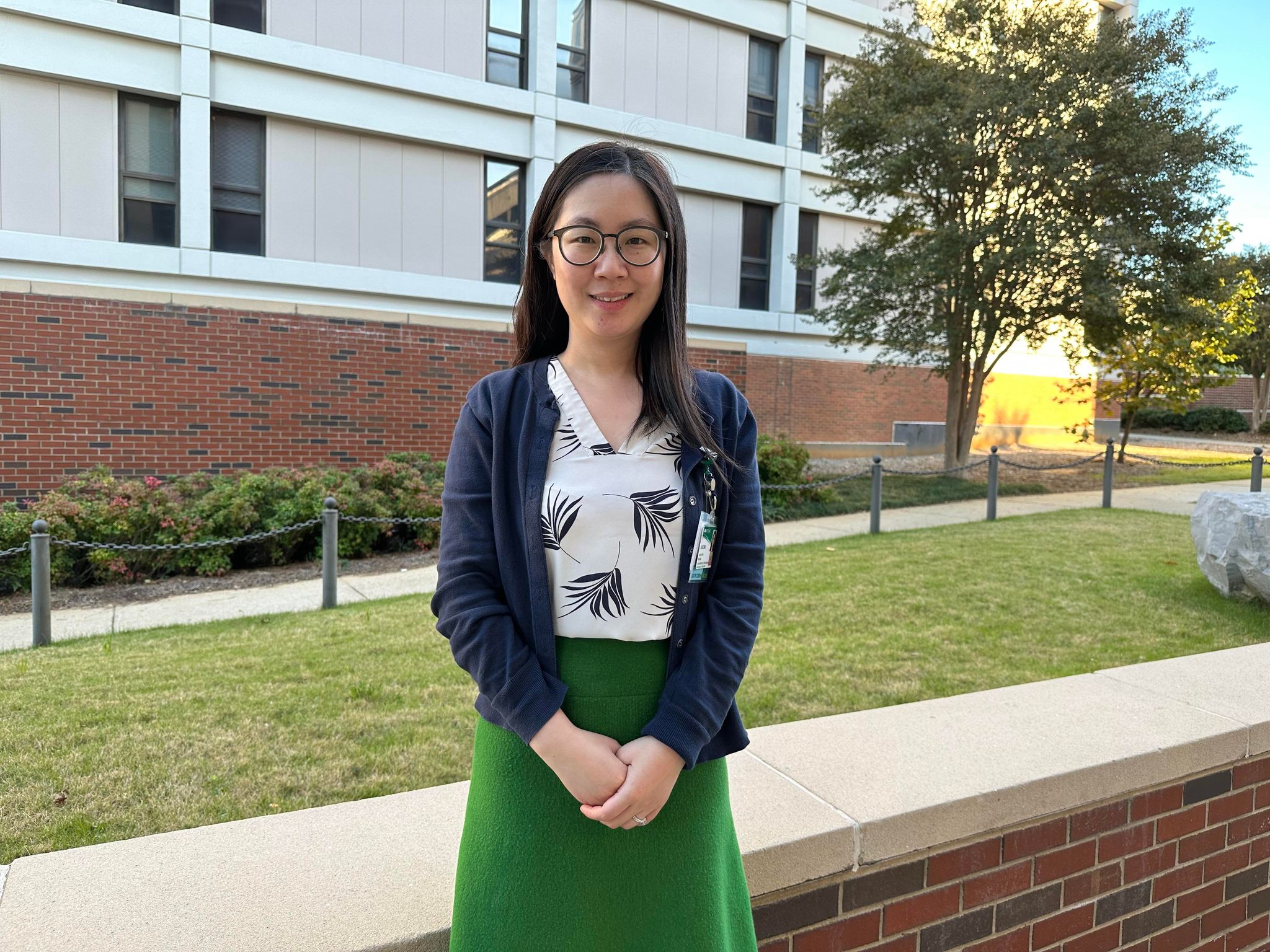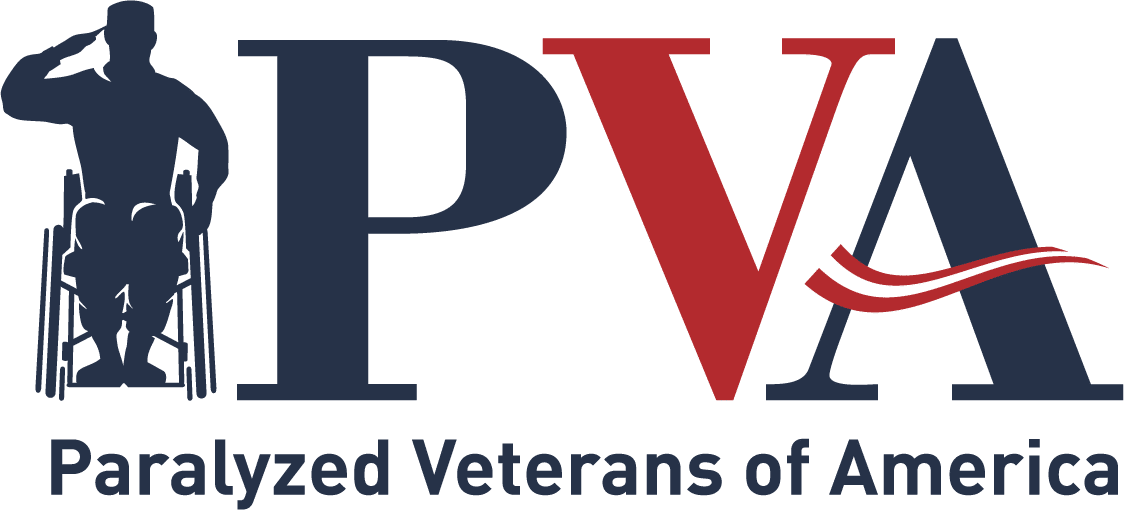About the Grants
Paralyzed Veterans of America's Research Foundation Board of Directors met on October 25th, 2022, to decide which candidates would be the best deserving of the Foundation's annual awards.
The Foundation awarded seven grants to recipients whose work excelled in the areas of spinal cord injury/disease, including mental health and SCI, cardiovascular health, biomarkers and neuropathic pain, and spinal cord injury data harmonization, as well as other topic areas.
The grants are awarded for a two-year period; the grant cycle beginning on January 1, 2023.
This year, the Foundation awarded a total of $899,360 in grants.
The grants for FY2023 are funded in three categories: basic science, clinical applications, and fellowships.
2023 Grant Recipients
Dr. Areum Han, University of Alabama at Birmingham
“Acceptance and Commitment Therapy Supplemented with Psychoeducation for Improving Mental Health of Depressed Individuals Living with Spinal Cord Injury Sustained Within 5 Years”
$150,000
Project Summary:
This is the first study examining the effects of videoconferencing acceptance and commitment therapy (ACT) on mental health outcomes in individuals living with spinal cord injuries/disorders (SCI/D). ACT is an evidence-based approach that can improve mental health through mindfulness and acceptance processes and behavior change processes for valued living. We will recruit 60 individuals living with SCI/D sustained within 5 years and experiencing depressive symptoms. We will randomly assign participants to either the ACT group or the wait-list control group. The ACT group will receive 8 weekly individual ACT sessions guided by a coach through videoconferencing. The wait-list group will receive ACT sessions after the study period ends. We will provide psychoeducation materials related to SCI/D as supplemental resources to both groups. Mental health outcomes using self-reported questionnaires will be collected at pretest, posttest, and 2-month follow-up. Interviews will be conducted at posttest to explore the participants’ experiences in ACT.

Dr. Andrew Park, Craig Hospital
“Characterizing endothelial derived microvesicles in adults with spinal cord injury as a predictive tool of endothelial cell dysfunction”
$150,000
Project Summary:
Veterans and non-Veterans aging with a spinal cord injury (SCI) demonstrate accelerated cardiovascular disease (CVD), leading to heart attacks decades earlier than adults without SCI. Contrary to initial assumptions, it has become apparent that increased CVD in adults with SCI is not only due to worsening of high cholesterol and diabetes, but involves ill-defined SCI-related changes in the vasculature. We report preliminary findings that important circulating cell signaling molecules called endothelial derived microvesicles (EMVs) are elevated in adults with SCI compared with non-injured adults of similar age and demonstrate ability to alter vasculature function in experiments. We believe that circulating EMVs may be elevated early after a SCI and contribute to early vascular dysfunction, and in turn CVD risk in the future. We will aspire for EMVs to potentially serve as a diagnostic tool and therapeutic target to improve the quality of life for individuals with SCI.

Dr. Ricardo Battaglino, Regents of the University of Minnesota
“Validation of hsa-MiR-19a-3p and hsa-MiR-19b-3p as Novel Biomarkers of SCI-Induced Neuropathic Pain”
$150,000
Project Summary:
Spinal cord injury-induced neuropathic pain affects 50 to 70% of men and women living with SCI. Chronic neuropathic pain is associated with significant morbidity and there are few effective treatment options. Identification of a circulating biomarker of neuropathic pain would have great clinical utility as this might facilitate earlier identification and treatment of individuals likely to develop neuropathic pain. This project seeks to validate novel putative biomarkers of SCI-related neuropathic. We found two miRNAs (hsa-miR-19a-3p and hsa-miR-19b-3p) to be elevated in SCI-related neuropathic pain. We hypothesize that hsa-miR-19a-3p and hsa-miR-19b-3p are candidate biomarkers of SCI-related neuropathic pain. The findings generated in this study will be used to design future studies validating hsa-miR-19a-3p and hsa-miR-19b3p as predictive biomarkers of neuropathic pain development and as biomarkers of response to various therapeutic interventions. These findings will also support future work to assess hsa-miR-19a-3p and has-miR-19b-3p as potential therapeutic targets to reduce neuropathic pain.

Dr. Timothy O’Shea
“Directing adaptive glia repair in adult spinal cord injury using injectable biomaterials”
$150,000
Project Summary:
Neural tissue damaged after spinal cord injury (SCI) does not naturally regenerate but instead is replaced by non-neural fibrotic scar tissue that serves no neurological function and does not support neural circuit regeneration. The overall goal of this project is to transform the nature of wound repair after SCI by using injected bioactive biomaterials to direct adaptive glia repair functions by host astrocytes. We hypothesize that enhancing adaptive glia repair after SCI will reduce the size of non-neural fibrotic lesions and generate new, neural regeneration permissible environments. Using an innovative injectable biomaterial platform and mouse models of SCI, we will study how physical cues from biomaterials can spatially control adaptive glia repair, and how controlled delivery of soluble molecular regulators from biomaterials can be used to temporally control adaptive glia repair. This work will provide new mechanistic insights into how to direct wound repair processes after SCI that will impact the design of future therapies.

Dr. Bethany Kondiles, University of British Columbia
“Elucidating and treating myelin deficits in chronic traumatic spinal cord injury to improve motor"
$100,000
Project Summary:
This project explores how motor recovery after traumatic spinal cord injury is impaired by the breakdown of a structure called myelin. In the undamaged spinal cord myelin assists in signal conduction between the brain and the body. After injury myelin can be damaged. We believe that improving myelin status post-injury will protect cells in the spinal cord and facilitate better recovery. We will explore the repurposing of drugs used for other conditions to improve myelin after injury. We believe that these drugs will greatly improve recovery in mouse models of spinal cord injury by improving their myelin status. Importantly, we will determine if these drugs are effective even when given in the chronic phase of spinal cord injury. If our findings support the use of this drug to improve myelin and motor recovery after traumatic spinal cord injury it could present a meaningful treatment option for those living with injuries.

Dr. Raza Malik, University of British Columbia
“Non-invasive spinal cord stimulation for the recovery of cardiovascular function after spinal cord injury”
$99,360
Project Summary:
Blood pressure dysfunction following spinal cord injury (SCI) decreases quality of life, delays rehabilitation, and is rated as a top priority for recovery for individuals with SCI. Non-invasive spinal cord stimulation (SCS) is a promising treatment to improve BP control. However, the best position to deliver this therapy along the spine, and the physiological mechanisms behind this therapy, remain unclear. This study aims to compare the effects of mid-back and lower-back SCS on BP regulation in real time and after long-term stimulation (3x/week for 8 weeks). We will also investigate the mechanisms by which both real-time and long-term stimulation improves BP control. We will do this by performing analysis on heart rate and BP signals, and measure markers in the blood. The results from this pilot clinical trial will provide the necessary evidence to conduct a larger multi-center clinical trial.

Dr. Huacong Wen, University of Alabama
“Advance Traumatic Spinal Cord Injury Research through Data Harmonization, Curation, and Integrative Data Analysis: Spinal Cord Injury Model Systems and Veterans Health Administration Spinal Cord Injury”
$100,000
Project Summary:
The two largest traumatic spinal cord injury (TSCI) databases in the United States (U.S.) are the Spinal Cord Injury Model Systems Database and Veterans Health Administration Spinal Cord Injuries and Disorders Registry. Each has significantly advanced the knowledge base of non-Veterans and Veterans with TSCI, but the two databases are isolated and independent. This project aims to matching and organizing the data from the two databases and demonstrating the use of the matched and organized dataset to answer two research questions. First, this study will project the demographic and health profile of people currently living with TSCI in the U.S. to help project needs and allocate resources for health care and social supports. Second, the study will estimate life expectancy and associated factors for people with TSCI in the U.S. to help clinicians target high-risk groups for treatment to improve life expectancy.

